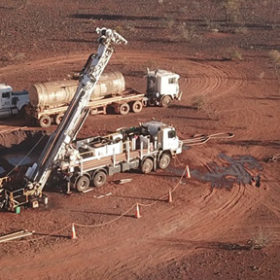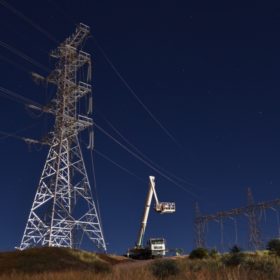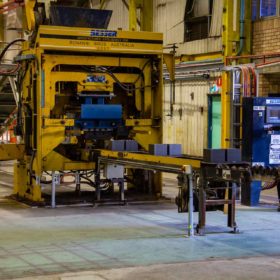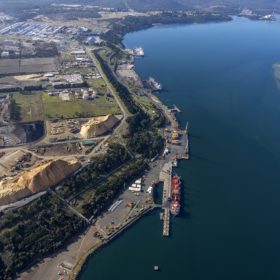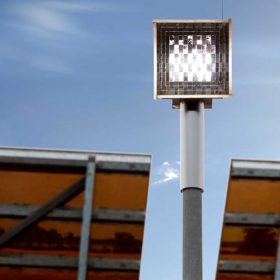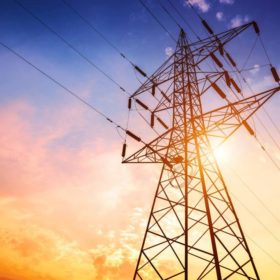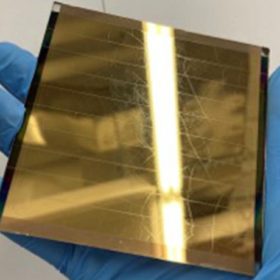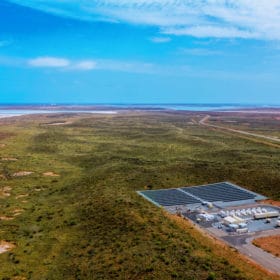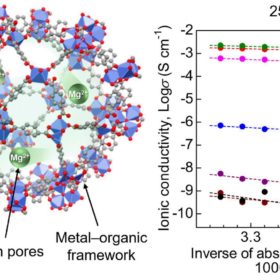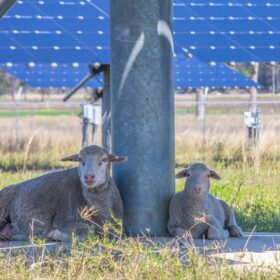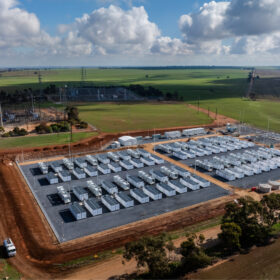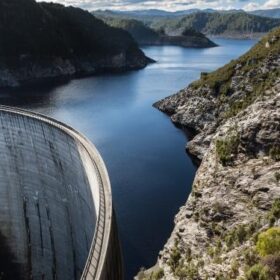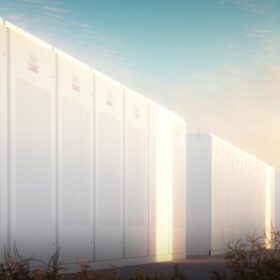Weekend read: Flowing into the lithium supply gap
Australian-born vanadium redox flow technology and new homegrown electrolyte sources are set to bulk up renewable energy storage options in the Pacific region and plug the gap left by lithium supply-chain issues. Natalie Filatoff reports from Sydney.
CEFC funding to unlock 1.5 GW of hosting capacity in Queensland REZ
The Australian government’s green bank has inked a landmark agreement with the Queensland government to develop critical transmission and grid infrastructure to connect more than 1.5 GW of renewable energy assets to the National Electricity Market.
MGA Thermal secures federal funding for energy storage project
Newcastle-based clean energy company MGA Thermal has secured federal government funding to develop a 5 MWh pilot plant to demonstrate the generation of steam from stored thermal energy with the capacity to provide a new form of medium-term energy storage.
Queensland startup strikes deal for hydrogen boilers
Brisbane startup Line Hydrogen today announced a deal with Canada’s Jericho Energy Ventures’ which will see it bring hydrogen boilers to Australia.
First ‘solar hydro’ system connected to the grid, 17-hour storage component imminent
Melbourne startup RayGen, which merges solar generation with long-duration electro-thermal energy storage, has connected its flagship Victorian project to the grid – albeit partially, as the company is still waiting on the final pieces of equipment to complete the 17 hour duration electro-storage system component.
Australia’s energy prices set to remain high until 2026
In a bit more bad news for everyone already struggling with the current energy crisis, modelling from Cornwall Insight Australia forecasts that prices will remain at increasingly high levels for the next three years, after which they will flatten but are not likely to lose their volatility in the longer term.
Light-scattering structures to boost solar performance
An international team of scientists developed a nanoparticle structure which, when added to a solar cell, was shown to scatter light and potentially reflect it many times within the cell, contributing to a noticeable jump in current.
WA rolls out management system to quadruple rooftop solar potential in regions, underpin 100% renewable microgrids
Horizon Power, the state government owned electricity provider for much of regional Western Australia, is set to rollout energy management technology which integrates the utility’s assets with distributed energy resources. The technology, which uses predictive analytics, hopes to unlock access to renewables in the regions.
Study finds 100% renewables would pay off within six years
New research from Stanford University researcher Mark Jacobson outlines how 145 countries could meet 100% of their business-as-usual energy needs with wind, water, solar and energy storage. The study finds that in all the countries considered, lower-cost energy and other benefits mean the required investment for transition is paid off within six years. The study also estimates that worldwide, such a transition would create 28 million more jobs than it lost.
Magnesium superionic conductor for lithium-free solid-state batteries
Scientists in Japan have developed a novel metal-organic, framework-based magnesium ion conductor with superionic conductivity, even at room temperature.
